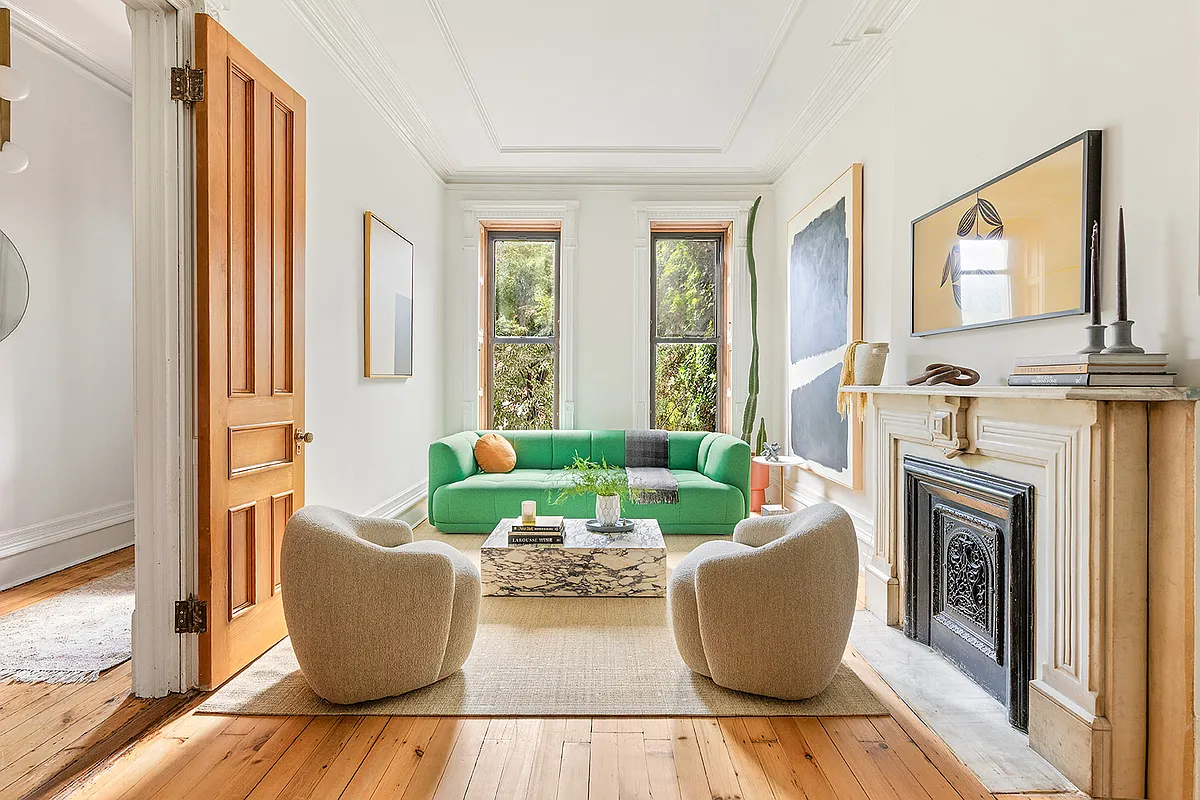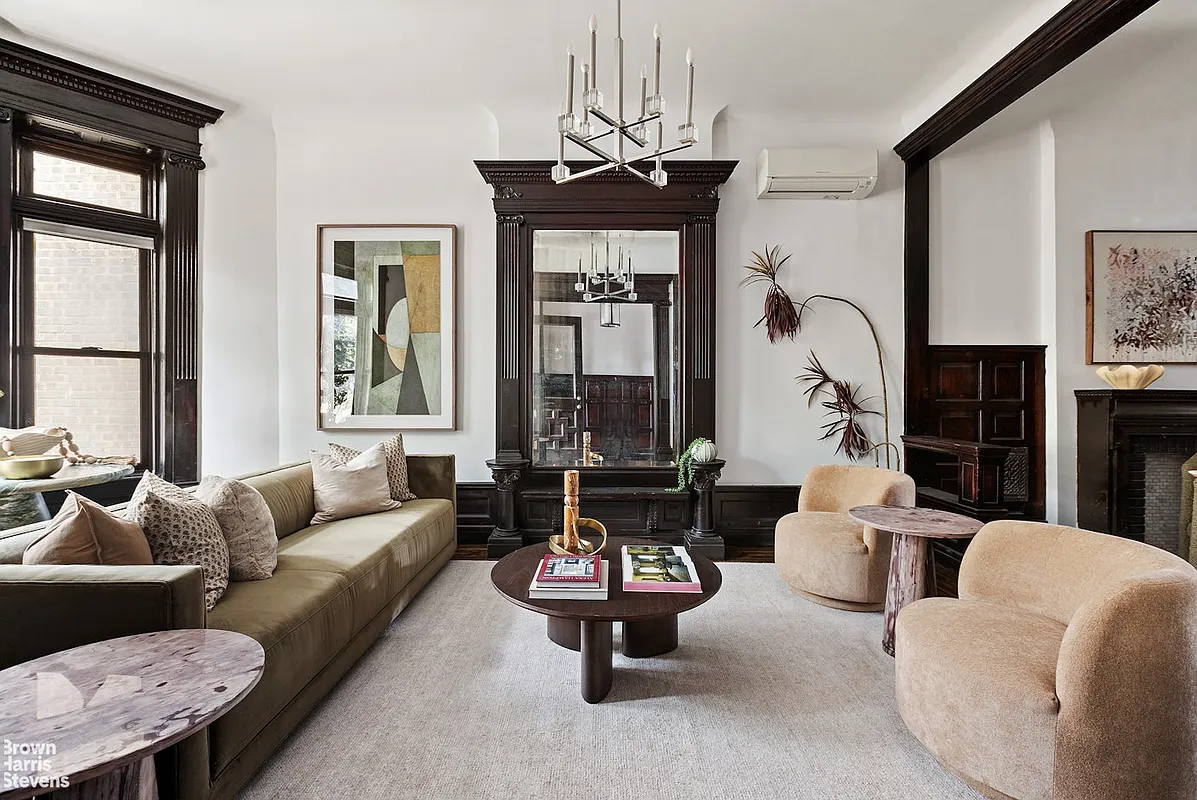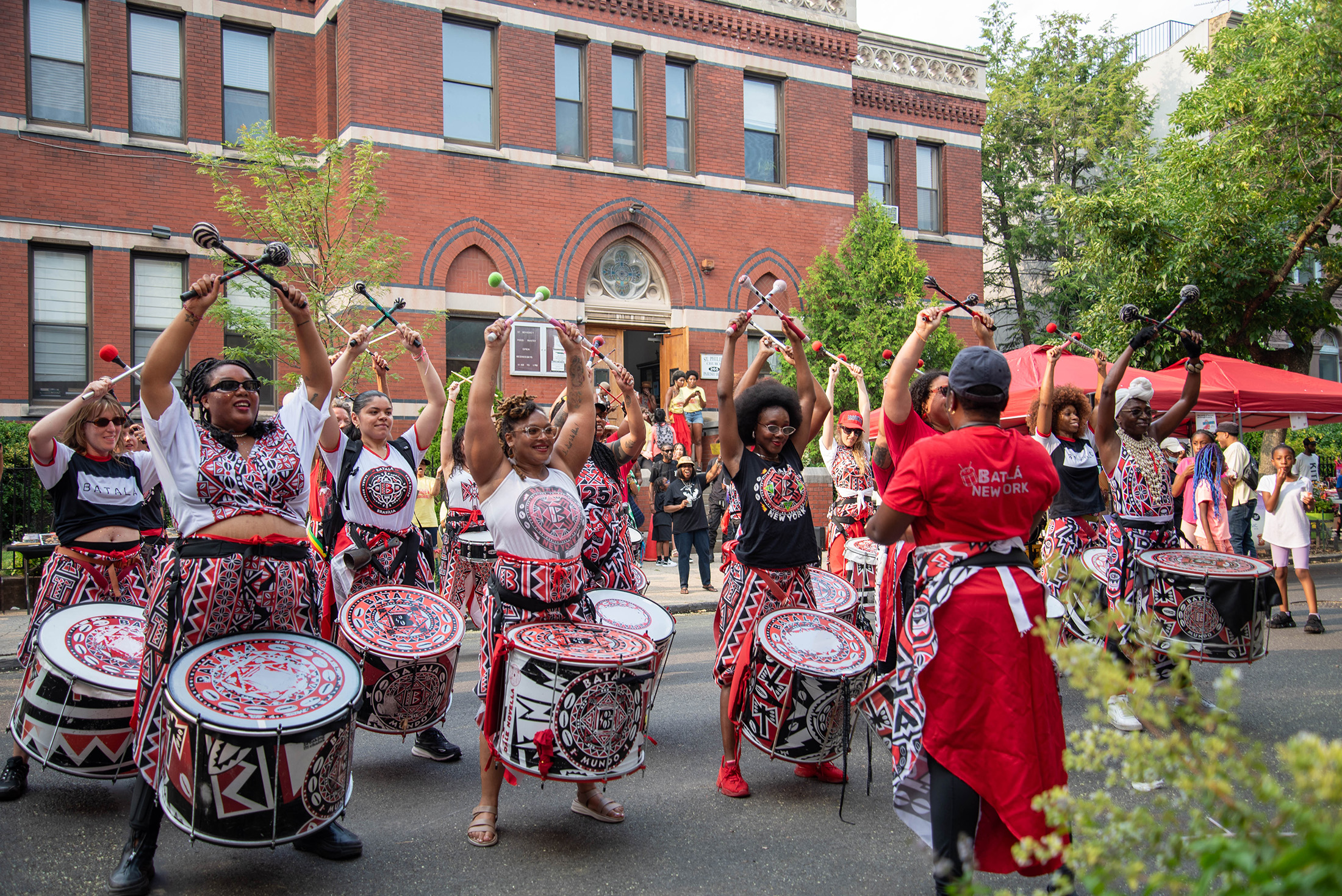Stopping Big Rent Hikes at Ex-Mitchell-Lamas
The state has closed a loophole that allowed landlords to enact huge rent hikes upon exiting the Mitchell-Lama program. Under the loophole, owners of Mitchell-Lama rental buildings constructed before 1974 will no longer be able to raise rents to market rate by claiming that leaving the program amounts to a unique and peculiar circumstance. (Instead,…


The state has closed a loophole that allowed landlords to enact huge rent hikes upon exiting the Mitchell-Lama program. Under the loophole, owners of Mitchell-Lama rental buildings constructed before 1974 will no longer be able to raise rents to market rate by claiming that leaving the program amounts to a unique and peculiar circumstance. (Instead, the units will become rent-stabilized.) The new regulation comes as government programs like Mitchell-Lama subsidize fewer and fewer units in the city: Between 1990 and 2006, the city lost 27 percent, or 32,422, of its apartments in subsidy programs, according to data from the Community Service Society. Although the regulation may have an impact on many of Brooklyn’s Mitchell-Lama buildings, it won’t matter at its largest one. The present or future owners of Starrett City could bring rents at the 5,800-unit complex to market rate if they left Mitchell-Lama, since the development was completed in 1974.
Albany Bars Rent Rise for Thousands [NY Times]
Starrett City’s Owners Look to Leave Mitchell-Lama [Brownstoner]
Photo by West Side Neighborhood Alliance.





Several of my relatives live in subsidized housing, almost none have a low or moderate income now (some make 100K+). They were able to obtain the subsidized housing because at the time they were making very little money. For example one cousin was waiting tables while getting his MBA.
It is my understanding once you’re in, you’re in. I had the opportunity to do the same (8 years ago), but didn’t want to live in what I considered then a less than desirable area (Exchange Place in JC). You live and learn.
The building has about 300 units: I estimate 80% are occupied by middle to upper middle income level families.
Very few are truly needy and deserving of the
$600 rent for their 1200sf 2 bedroom apartments with Manhattan views.
Actually the “handout†in the Mitchell Lama program is to the developer more than the tenant. The program, which was created in the 1950s as an answer to the housing crisis (which existed then and continues now), gave developers very low interest loans and in some cases free land in return for regulated rents.
Under the law landlords were given the right to “buy out†of the program after 20 years by prepaying their mortgages. Residents in buildings that are bought out, which were developed before 1974 are protected by the ETPA (emergency tenant protection act). Residents in post ’74 buildings (such as Starrett City) face market rate rent increases.
The landlords and developers, who took advantage of the loophole in the law, got the benefit of the loans and then looked to charge market rate rents after buy-out, which violated the spirit and the intent of the law.
Every developer and landlord who entered the Mitchell Lama program did and so voluntarily and therefore they are hardly victims. They bought their property at a subsidized, below market rate and now they want market rents.
How is that fair?
As 9:20 so astutely commented, there are the usual predictable comments here, most of them by people who have no idea what they are talking about, but have a knee jerk reaction to the thought of affordable housing in this city.
Mitchell-Lama housing is not the projects, nor a handout to artists or other so-called underachievers, whom many here seem to think are getting an eternal free ride. It is a 50 plus year old program to assure middle income housing in New York City. If you go to their website – http://www.nyc.gov/html/hpd/downloads/pdf/Appt-Open-M-L-Waiting-Lists.pdf, and look at the list of buildings, they are not all located in primo Manhattan or Bkyn areas, most are well into the far reaches of Brooklyn, the Bronx and Queens. Most of the M-L buildings in Manhattan are co-ops, not rentals, and several of the rentals are specifically senior residences. Those Manhattan and other “primo” buildings that are rentals, as Carol Gardens and others pointed out, have strict income guidelines, and contrary to popular belief, it is not easy to hide income, unless most of your jobs are totally off the books, and that is impossible for the vast majority of participants who are the office workers, teachers, sales staff, nurses and other used-to-be-middle income workers who are struggling to stay in this city.
Besides which, I know plenty of professional people making good money, much more than I make, who would be hard pressed to come up with $4000 a month for rent anywhere. That is still a lot of money.
here we go again with ethe f*cking “teachers and firefighters” blah blah
firefighters dont live in public housing, they have far more integrity than that
Or artists
Thank you, 10:17 & 11:16 for restoring a little sanity to this thread. I have to keep reminding myself: yes, indeed, NY is a liberal city.
To all the artist haters…on a realistic note, think about this: if NY were not the art, theatre, museum and culture capital of the world, your life would be plenty impoverished (I am making the assumption, of course that you actually like living here and take advantage of artistic events.) So there may a percentage of artists who game the system and are lazy and live for $200 in a 3 bedroom on the UWS. DO you *really* think that’s the norm? If so, I have a bridge to sell you.
R/S R/C has its drawbacks, but it’s what keeps this otherwise greed-filled city diverse and livable.
I’d love to see those automated teachers and fire fighters!
11:10 Do you know how to support those people that you need to maintain your standard of living? Raise their wages. You require their services so pay them more.
There is no need for government subsidy through taxes to fix this problem. Either wages will rise or housing prices will fall because as you say people will move to get the services they want. A third possibility is that some of the jobs will be automated.
i think we are misunderstanding this guy
he means to say “WTF?? that’s a steal!!!”